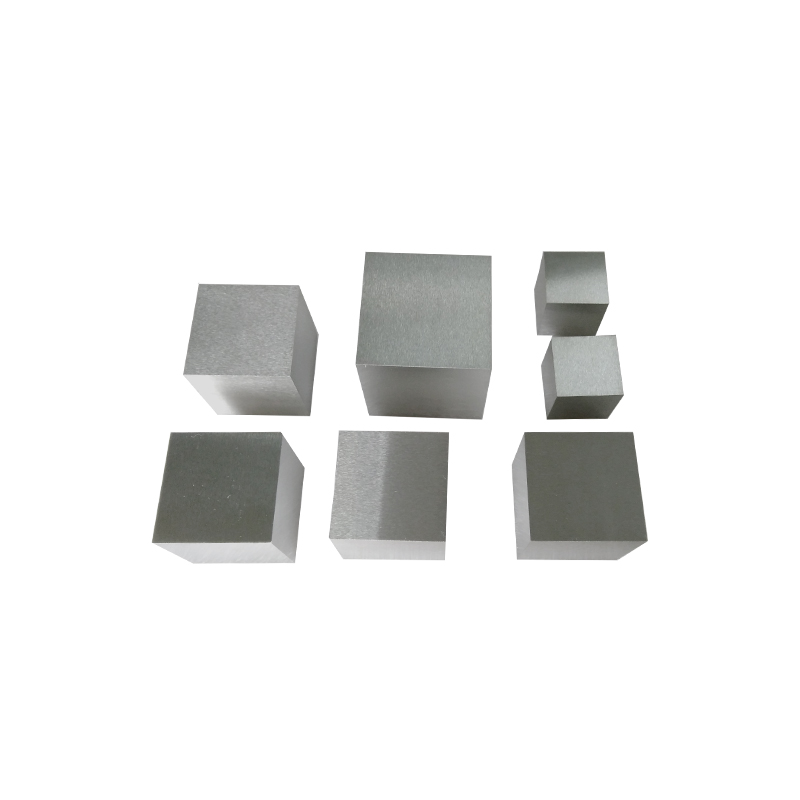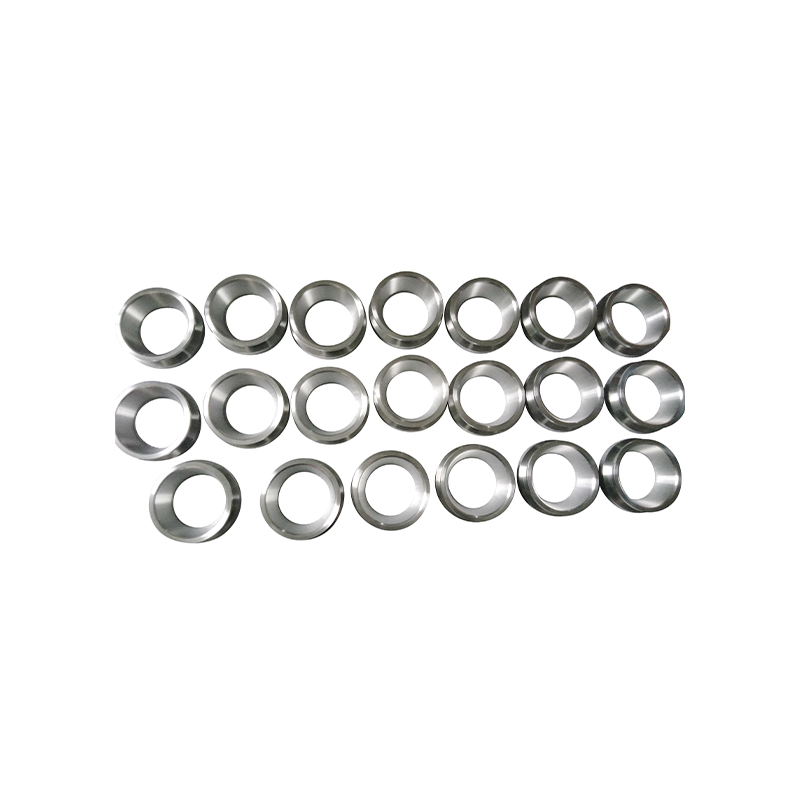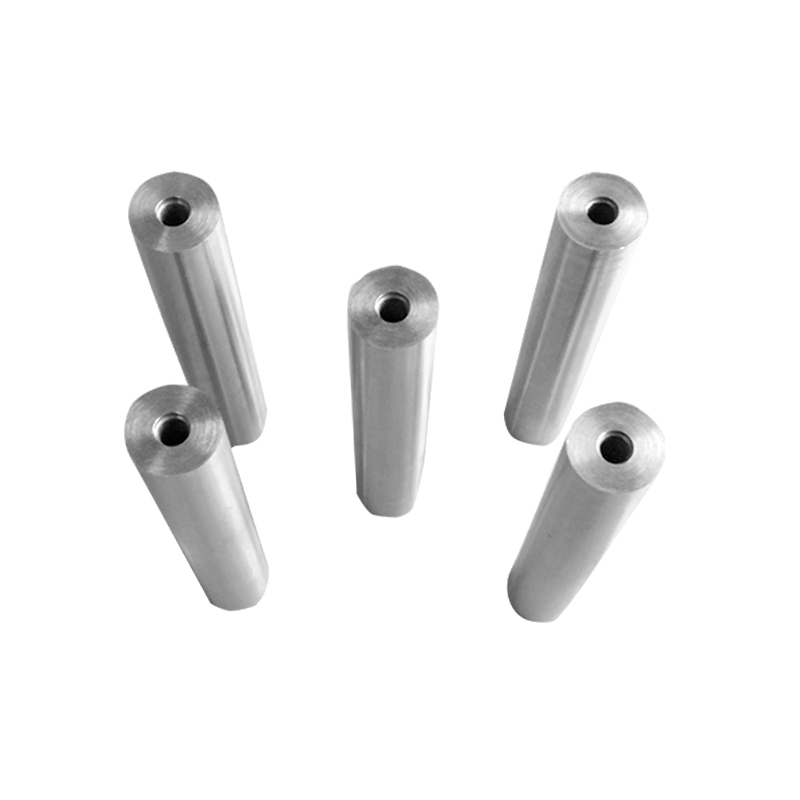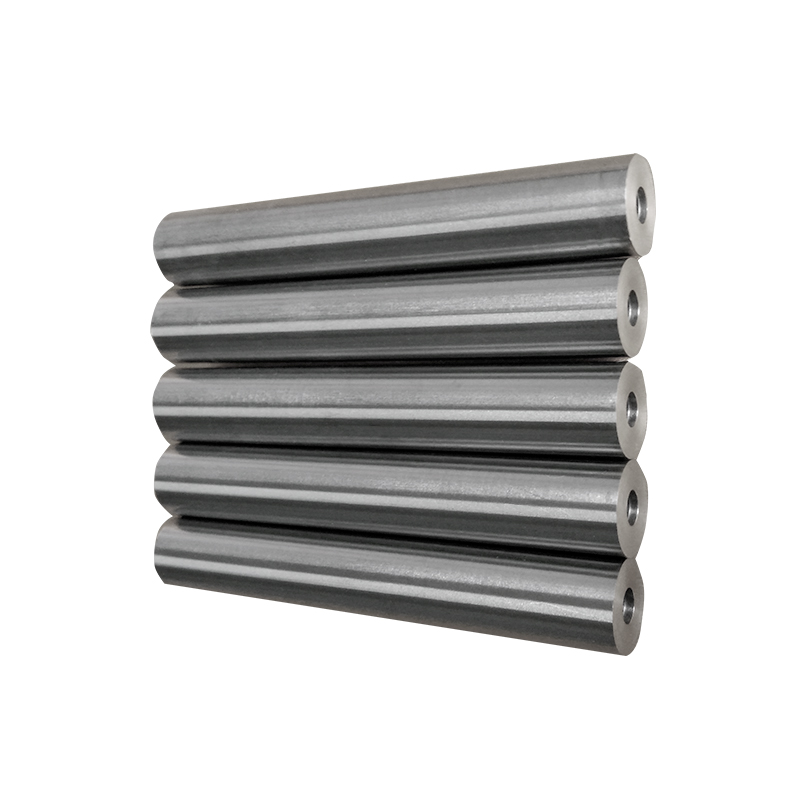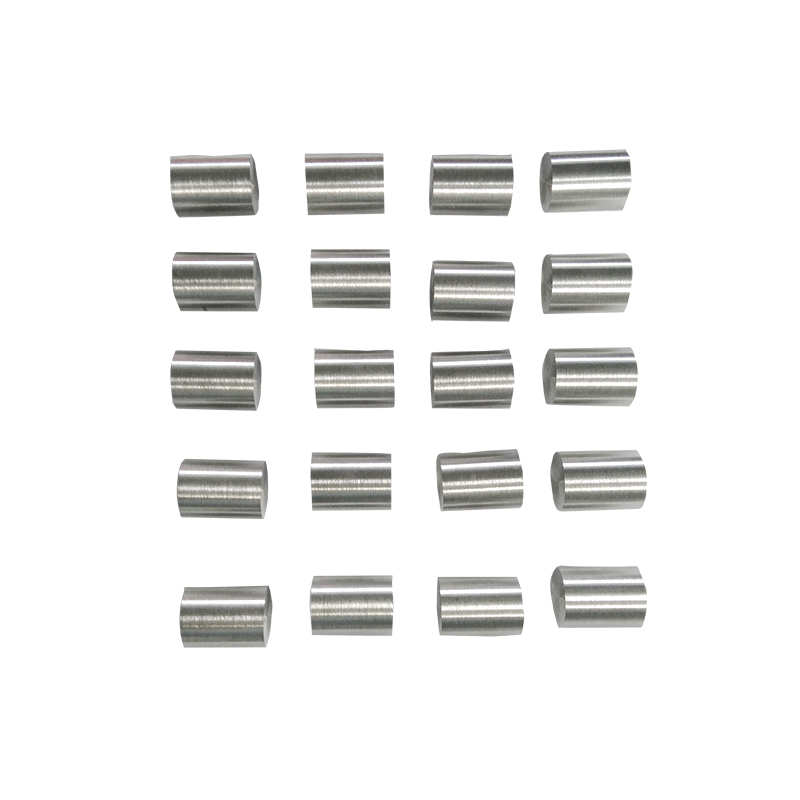Tungsten plates are critical components in industries requiring materials with exceptional high-temperature resistance, density, and mechanical strength. Thanks to tungsten’s unique properties, such as its highest melting point among metals (3422°C) and excellent radiation shielding, tungsten plates find applications in aerospace, electronics, medical devices, and nuclear reactors.
This article delves into the comprehensive manufacturing and processing steps involved in producing tungsten plates, from raw material preparation to final finishing.
1. Overview of Tungsten and Its Properties
Tungsten (W) is a dense, hard, silvery-white metal known for:
-
Extremely high melting point: 3422°C (6192°F)
-
High density: 19.3 g/cm³ (close to gold)
-
High tensile strength and hardness
-
Excellent resistance to wear and corrosion
-
Good electrical and thermal conductivity
These properties make tungsten plates ideal for extreme environments, but also challenging to manufacture due to its hardness and brittleness.
2. Raw Material Preparation
A. Tungsten Ore to Tungsten Powder
-
Mining and extraction: Tungsten ore (mainly scheelite or wolframite) is mined and processed to extract tungsten concentrate.
-
Chemical processing: The concentrate is converted into tungsten trioxide (WO₃) through roasting and chemical purification.
-
Powder production: WO₃ is then reduced with hydrogen at high temperatures to produce pure tungsten powder.
High purity tungsten powder (≥99.95%) is crucial for producing high-quality plates.

3. Powder Metallurgy: The Core Manufacturing Technique
Because tungsten’s extreme melting point makes conventional melting and casting impractical, powder metallurgy is the primary manufacturing method.
Step 1: Powder Preparation
-
The tungsten powder is blended with small amounts of additives (like nickel, iron, or copper) if making tungsten alloys.
-
The powder must be uniform and fine to ensure good sintering.
Step 2: Compaction or Pressing
-
Tungsten powder is compacted into a "green" shape under high pressure using methods like uniaxial pressing or isostatic pressing.
-
The pressing produces a dense, shaped billet or slab.
Step 3: Sintering
-
The pressed shape undergoes sintering at temperatures ranging from 1400°C to 2500°C in a controlled atmosphere (usually hydrogen or vacuum) to bond the powder particles.
-
Sintering densifies the material, increases mechanical strength, and reduces porosity.
4. Hot Rolling and Forging
After sintering, the tungsten billet or slab is often hot worked to improve density, refine grain structure, and achieve desired thickness:
-
Hot forging: Heated billets are forged to reduce thickness and improve mechanical properties.
-
Hot rolling: The tungsten slab is rolled at elevated temperatures to form a flat plate of uniform thickness and surface finish.
-
This step also helps eliminate residual porosity and improves toughness.
Due to tungsten’s brittleness, hot working requires precise temperature and deformation control.
5. Machining and Finishing
Tungsten plates often require precision machining for dimensions and surface finish:
-
Grinding and polishing: To achieve tight tolerances and smooth surfaces, tungsten plates undergo surface grinding and polishing.
-
Cutting: Methods like wire EDM, laser cutting, or waterjet cutting are used to shape the plate.
-
Drilling and milling: Machining tungsten requires diamond or carbide tools due to its hardness.
-
Annealing: Sometimes tungsten plates are annealed post-machining to relieve internal stresses.
6. Quality Control and Testing
Manufacturers perform rigorous quality checks:
-
Density measurement: To ensure the plate meets density specifications.
-
Microstructure analysis: Using microscopy to check grain size and uniformity.
-
Mechanical testing: Hardness, tensile strength, and impact resistance tests.
-
Surface inspection: For defects such as cracks, porosity, or inclusions.
-
Dimensional inspection: Using CMMs (coordinate measuring machines) for precision.
7. Specialized Processing for Tungsten Alloys and Coatings
-
Many tungsten plates are alloyed with elements like nickel, iron, or copper to improve machinability and toughness.
-
Surface treatments such as chemical etching, electropolishing, or coatings (e.g., nickel plating) can improve corrosion resistance or electrical properties.
8. Environmental and Safety Considerations
-
Processing tungsten powder requires handling fine particulate matter carefully to avoid inhalation hazards.
-
High-temperature sintering demands specialized furnaces with gas control to prevent oxidation.
-
Waste management and recycling of tungsten scrap are important for sustainability.
9. Applications Driving Manufacturing Standards
Tungsten plates are manufactured according to application-specific standards:
-
Aerospace: Plates must meet aerospace-grade purity and strength standards.
-
Electronics: Ultra-flat, polished tungsten plates are used as heat sinks or electrodes.
-
Medical: Tungsten plates for radiation shielding require precise thickness control.
-
Nuclear: Radiation shielding plates need certification for neutron and gamma attenuation.
10. Summary of Tungsten Plate Manufacturing Process
| Step | Description | Key Parameters |
| Raw material prep | Mining, chemical conversion, powder production | Purity ≥ 99.95%, fine powder size |
| Powder compaction | Pressing tungsten powder into green billets | High pressure uniaxial or isostatic pressing |
| Sintering | High-temperature bonding under hydrogen or vacuum | 1400–2500°C, controlled atmosphere |
| Hot working | Forging and rolling to refine structure and thickness | Precise temperature control, deformation |
| Machining & finishing | Grinding, cutting, polishing for final dimensions | Diamond/carbide tools, surface finish |
| Quality control | Density, mechanical, microstructure tests | Strict tolerance checks |
Conclusion
Manufacturing tungsten plates is a complex, multi-step process heavily reliant on powder metallurgy and high-temperature processing due to tungsten’s exceptional melting point and hardness. The combination of powder compaction, sintering, hot working, and precision machining enables production of plates that meet the demanding needs of advanced industries.
By understanding these manufacturing steps, engineers and buyers can better specify tungsten plates tailored to their applications and ensure the best balance of quality, performance, and cost.






